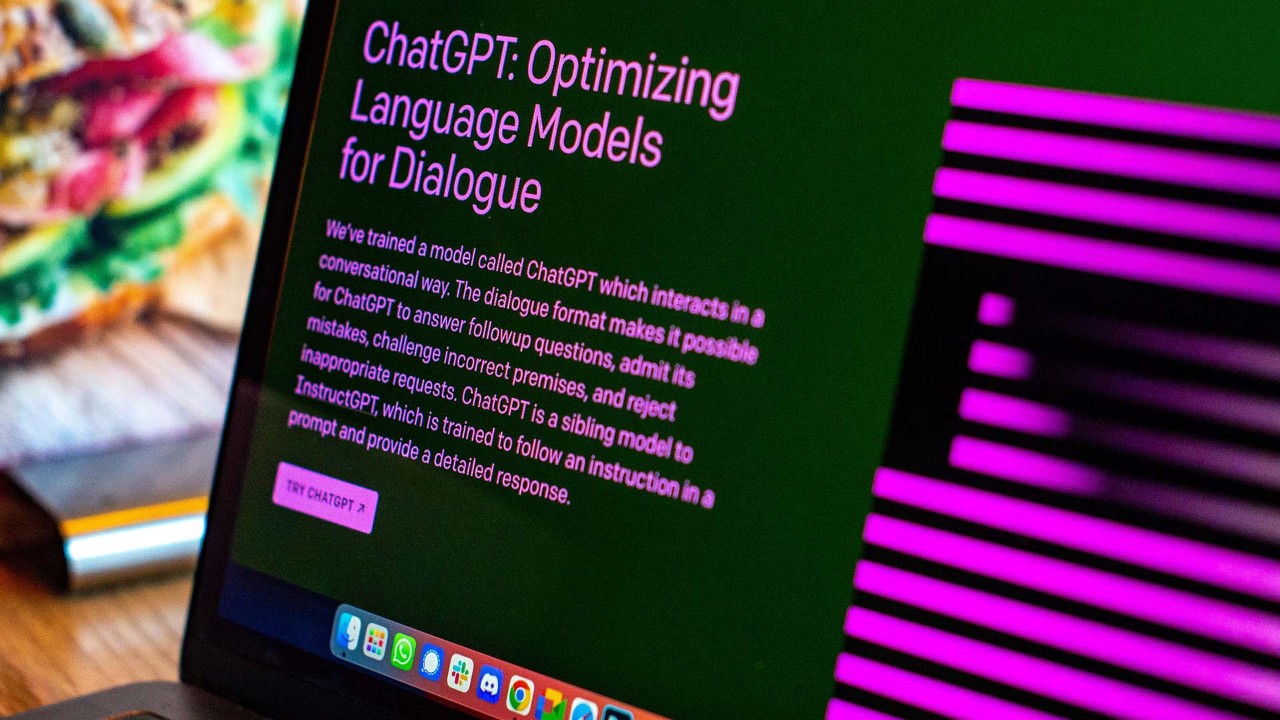
Chat GPT v4 Next Gen Language Model Expectations
Chat GPT-4 is a hypothetical version of the language model that builds upon the success of the previous versions, especially the highly acclaimed GPT-3. This new version is yet to be released, and we don’t have any official information about its features, capabilities, or even its release date. However, based on the evolution of the previous versions, we can speculate about what we can expect from GPT-4.
Chat GPT v4 Next Gen Language Model Expectations
First, let’s take a quick look at the history of GPT models. GPT stands for “Generative Pre-trained Transformer.” It is a type of neural network architecture based on the Transformer model introduced in 2017 by Vaswani et al. GPT models are designed to generate text by predicting the next word given the context of the previous words in a sentence or a paragraph. They are trained on massive amounts of text data to learn the patterns and structures of natural language.
The first version of GPT was released by OpenAI in June 2018. It had 117 million parameters and achieved state-of-the-art performance on various language tasks, such as language modeling, text completion, and machine translation. GPT-2, released in February 2019, was a significant improvement over its predecessor. It had 1.5 billion parameters and demonstrated remarkable language generation capabilities, such as coherent and contextually appropriate long-form text.
GPT-3, released in June 2020, was a breakthrough in natural language processing. It had a staggering 175 billion parameters, making it the largest language model ever created. It could perform a wide range of language tasks, such as question-answering, language translation, and even creative writing. GPT-3’s impressive performance sparked a lot of interest and excitement in the artificial intelligence community and beyond.
So, what can we expect from GPT-4? Here are some possible features and improvements that we might see:

Even larger scale: One of the main trends in GPT development is increasing the scale of the model. GPT-4 might have even more parameters than GPT-3, which would further improve its language generation capabilities. It is possible that GPT-4 could have 10 or even 100 times more parameters than GPT-3.
Better language understanding: Although GPT-3 can generate impressive text, it still struggles with some aspects of language understanding, such as common sense reasoning and logical inference. GPT-4 might address these issues by incorporating new techniques and architectures, such as neural-symbolic reasoning.
More efficient training: Training a language model like GPT-3 is a computationally intensive task that requires vast amounts of resources. GPT-4 might introduce new training methods that reduce the time and cost of training while maintaining or improving the model’s performance.
Better adaptation to specific domains: While GPT-3 can generate high-quality text on a wide range of topics, it sometimes lacks the domain-specific knowledge and vocabulary required for certain fields. GPT-4 might have a better understanding of domain-specific language and be able to generate more accurate and informative text in specific domains, such as medicine or law.
Improved performance on dialogue tasks: GPT models have been successful in generating text in a conversational context, but they still struggle with some aspects of dialogue, such as maintaining coherence over long conversations. GPT-4 might incorporate new techniques for dialogue modeling that improve its performance on conversational tasks.
In conclusion, Chat GPT-4 is a highly anticipated language model that builds on the success of its predecessors, particularly GPT-3. While we don’t know the specifics of GPT-4’s features or release date, we can speculate that it will continue to push the boundaries of natural language processing with even larger scale, better language understanding, more efficient training, improved domain-specific adaptation, and enhanced performance on dialogue tasks. As the field of artificial intelligence continues to advance, we can look forward to the continued development of language models like GPT-4 that have the potential to revolutionize the way we interact with technology and each other.

